
Description
Have you ever wondered how to make your blanket soft and comfortable? Would you like to do one yourself? The best item to use in experimenting with the craze is a chunky blanket. It is big and welcoming and wonderful. Here’s how to make a chunky knit blanket in just an hour. People find it easy and engaging; the craft does not require knitting needles.
Thick and warm knit blankets are created from thick and cozy yarn. Making one using your hands and without knitting needles is possible. They are suitable to use in our homes and are very effective during the cold seasons. These blankets are particularly suitable as gifts to friends and loved ones. Knitting a chunky blanket is easy; you can work on it for only an hour. It is available in many forms and colors, including wool and chenille yarns.
This guide will teach you everything you need to know about chunky knit blankets. You will learn what they are, what is required to make them, and how to build them from scratch. You will find some patterns, tips, and other care information here. Let’s get started!
Table of Contents[Show]
A chunky knit blanket is comfy and warm. It has large starting and ending stitches, which gives it a unique look. Thick, soft, and fluffy yarn is used to make it. Some people use wool, and some use chenille yarn.
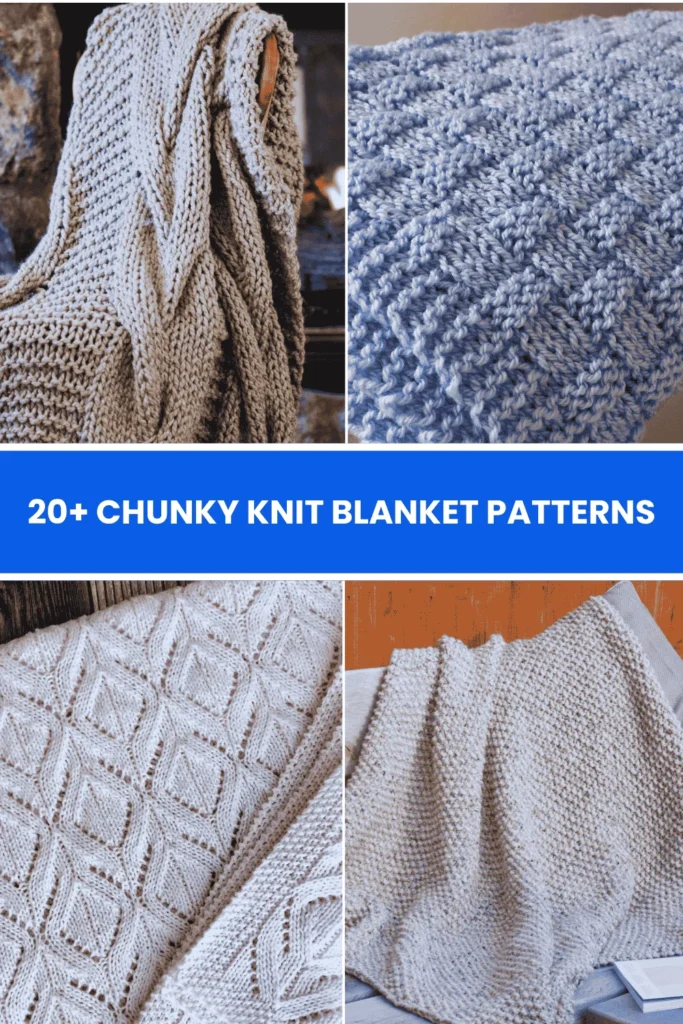
It is perfect if the weather is nippy. It keeps you warm and cozy. It is partly made from fabrics and aesthetically fits on a sofa or bed. Many people make these blankets as gifts. As a result, you can use different colors and patterns to make them easily distinguishable.
To make a chunky knit blanket is very simple, given that it does not require much striping. So, if you have never made one before, it is not a problem because you can do it. All you need is thick yarn and your hands alone.
Before starting a blanket, you require some materials and equipment. Here is a list of what you need:
| Material | Description |
|---|---|
| Super Bulky Yarn | The thickness and softness of the yarn used in making the blanket, it is cozy. |
| Extra Yarn | Make a multicolor chunky knit blanket, and try to use as many colors as possible. |
| Tool | Description |
|---|---|
| Scissors | For cutting the yarn. |
| Tapestry Needle | For connecting ends (this stage may be omitted). |
This DIY Chunky Knit Blanket Tutorial is relatively easy. Follow all the steps to create your blanket:
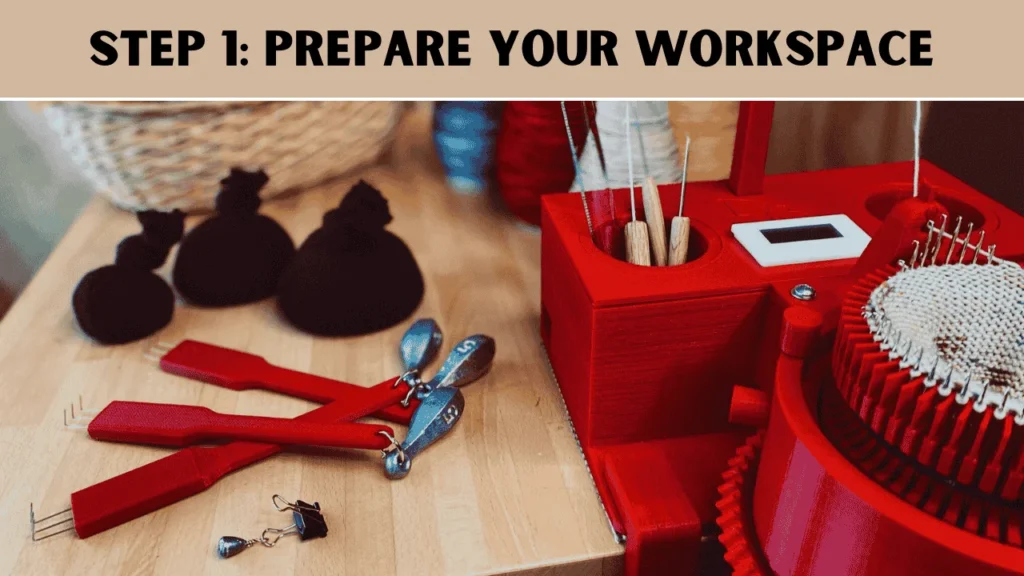
Work in a hygienic, large, and uncluttered environment, such as a table or floor. Make sure your yarn is conveniently arranged and doesn’t get tangled up. Correct lighting ensures that the stitches are visible. Arrange all materials and tools, such as scissors and a tapestry needle, to ensure a smooth workflow.
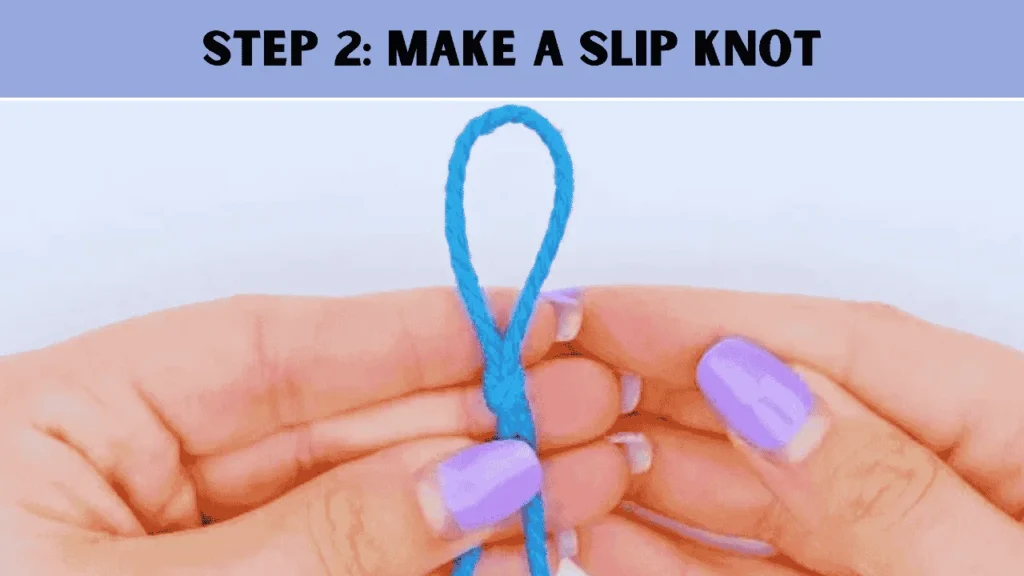
Use the chunky yarn at your end, and fold it around to create a loop by crossing the yarn. Bring another piece of yarn up through a loop and tug it until it has created an easily adjustable and tight knot. This is the initial Stitch on your blanket, marking the beginning of the knitting process as you knit your blanket.
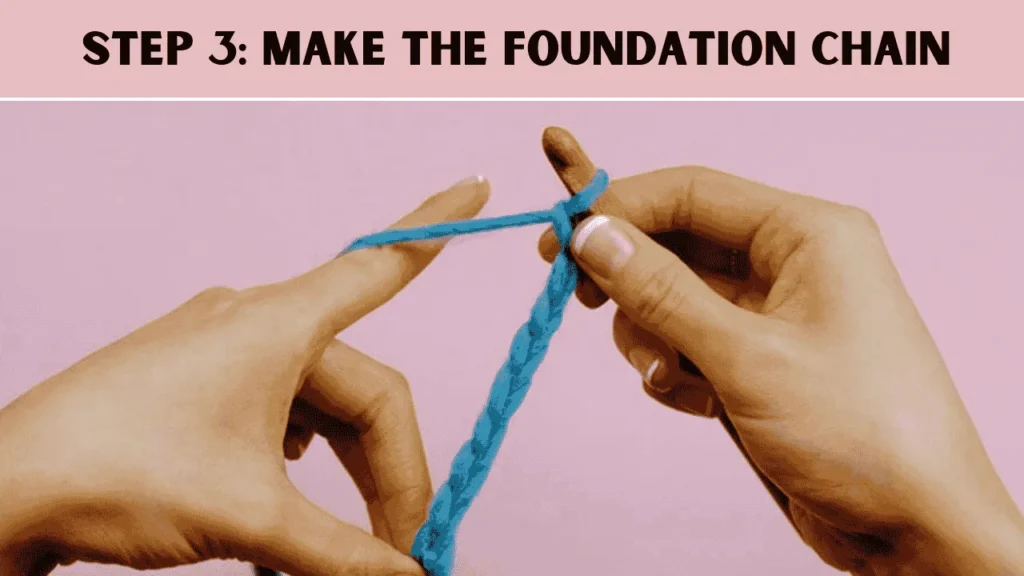
Take the slip knot between your thumb and first fingers and, with the working yarn, bring it through the slip knot and pull the yarn through. Continue making this motion until you’ve created a chain as long as you want your blanket. Ensuring the loops are equal in size is vital to maintaining Stitch’s proportions and making the texture neat and professional.
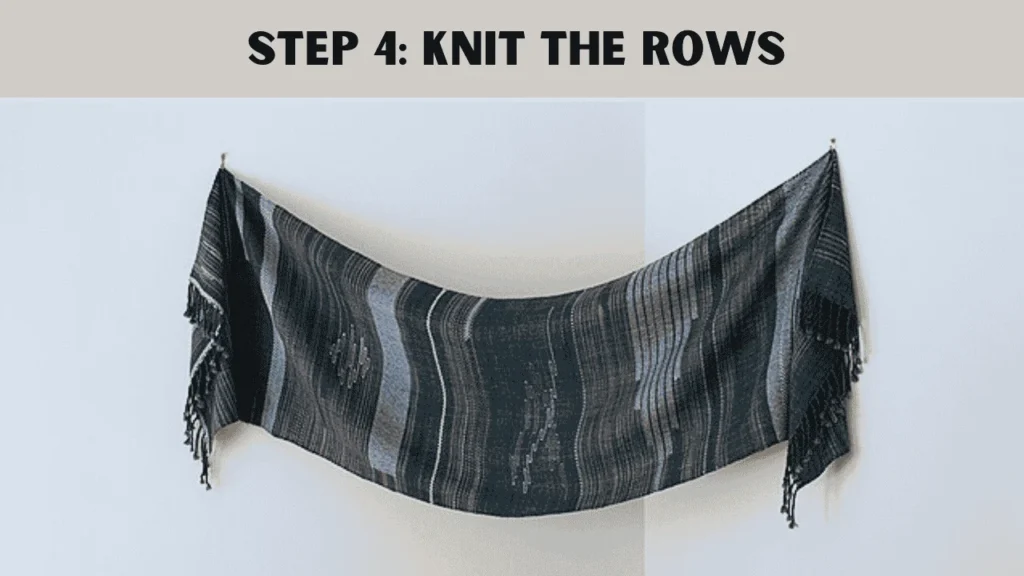
Once your foundation chain is complete, you must start knitting by passing the working yarn through each loop and making new loops in rows. Pursue the same procedure until all required stitches are established; ensure you maintain the constant size of your stitches. Continue knitting with needles until your blanket has the length you want, changing tension to get that warm, even look.
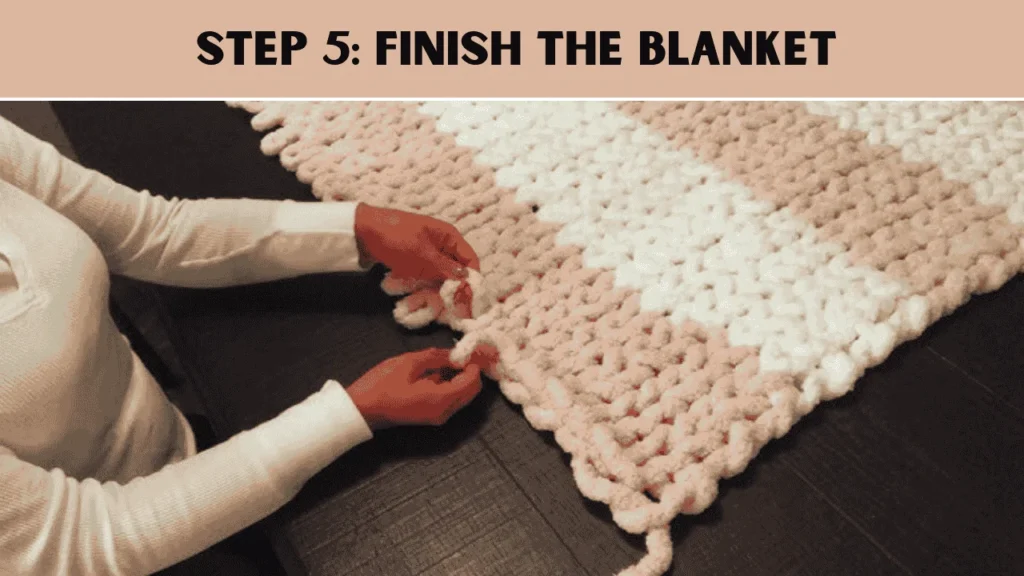
When you have cast on the number of stitches desired for your blanket, cut the yarn with a short tail. Now, tie the last loop tightly, just as you have been doing all the time. Sew the loose ends by hand or using your fingertips, depending on the tightness, for a neat, tidy look. Finally, your chunky knit blanket is ready to be used or given as a gift.
If you want to try different patterns, here are some great ideas:
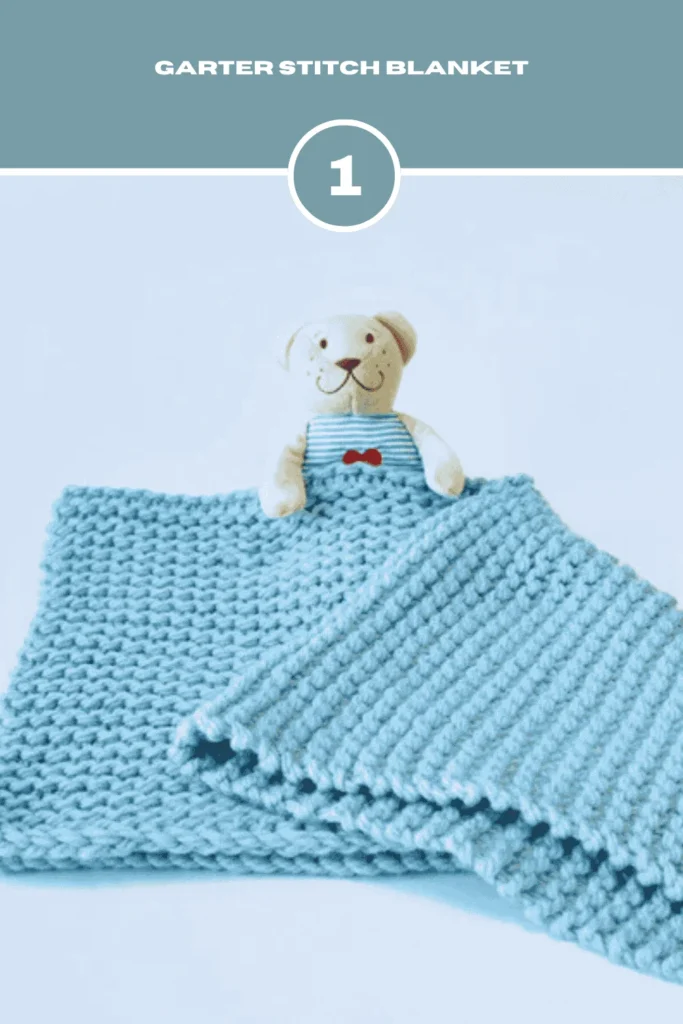
The garter stitch blanket is among the most straightforward knitting patterns for beginners. It knits all those rows, making it a textural, soft fabric with standard, raised surface patterns. This warm, comfortable, and beginner-friendly blanket makes it perfect for beginners who won’t mind making quick projects.
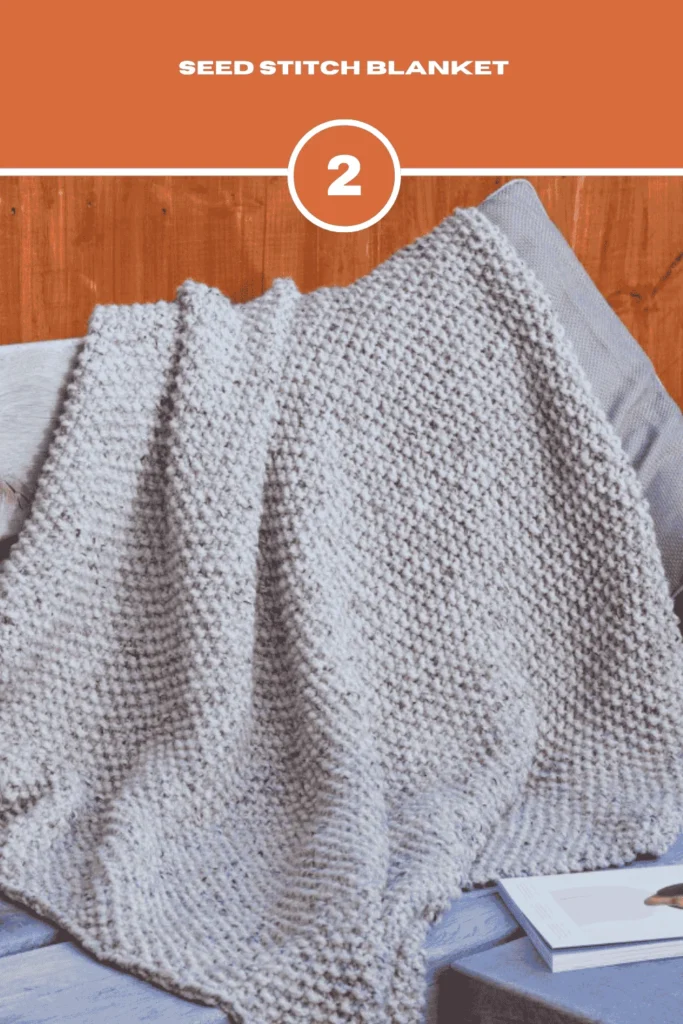
The seed stitch blanket is a knitted fabric with a bumpy surface. The fronts and backs look almost the same, which gives the fabric a good look like it has many protuberances resembling seeds. It is a little more tricky than the garter stitch but not much to confuse any beginning knitter; therefore, it is perfect for those designing home accessories and gifts.
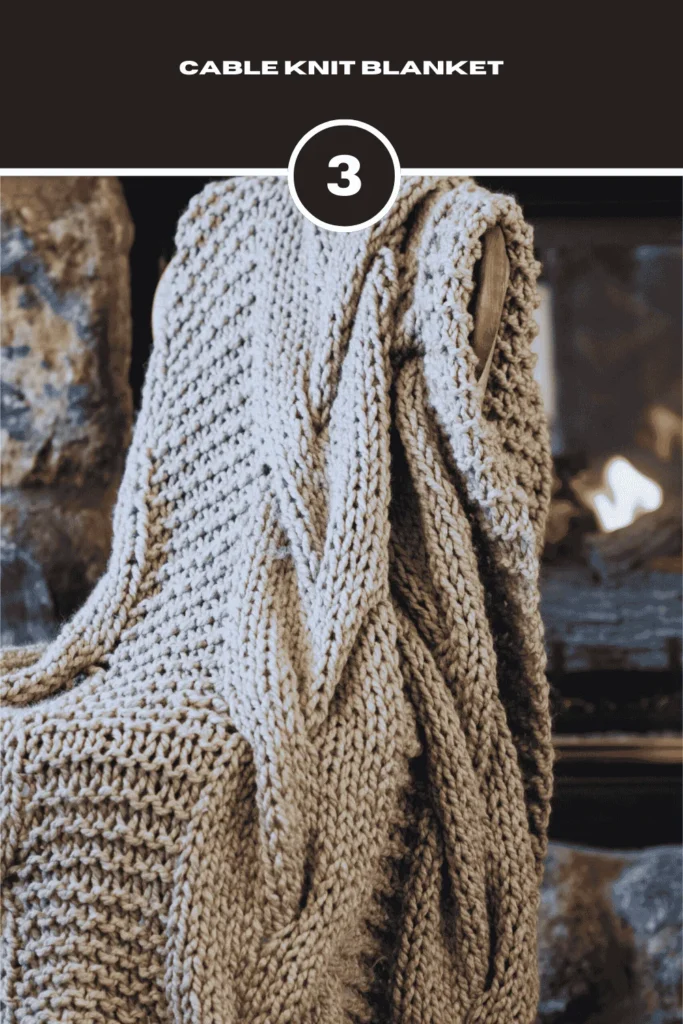
A self-patterned cable knit blanket features complex and exquisite patterns, making the texture very fancy and soft. Strings give the art a better perspective and display incredible work in any environment; thus, it is an exquisite piece. It does take time and a degree of knitting experience, but the rewards are a lovely warm winter blanket and a decorative blanket.
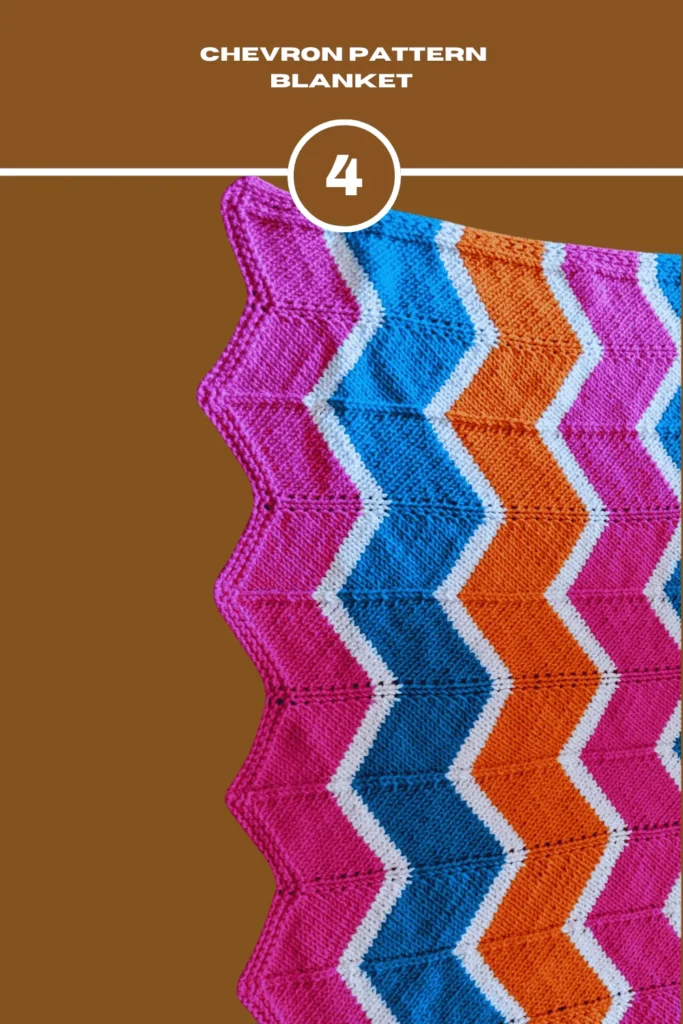
The chevron pattern blanket has vast and powerful zigzag lines developed by increasing and decreasing stitches. Adding this striking design to your knitting brings a new age and vibrant look to your knitting. The switchover of the Stitch is rhythmic, which makes it an interesting project, especially for those who want to try out various combinations of yarns and their textures.
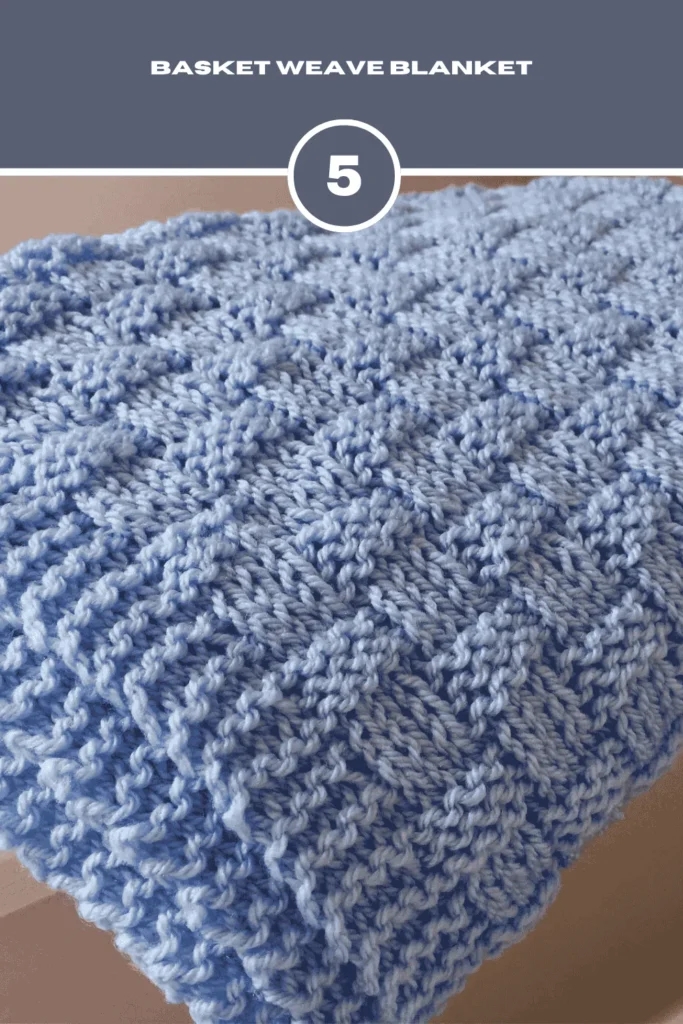
The basket weave blanket replicates woven fabric using alternate knitting rows formed in stockinette stitch. This pattern gives a high density of tissue weave, which makes it hard-wearing and attractive. It is ideal for a warm, well-defined blanket with classic and country appeal, which should also serve well in interiors.
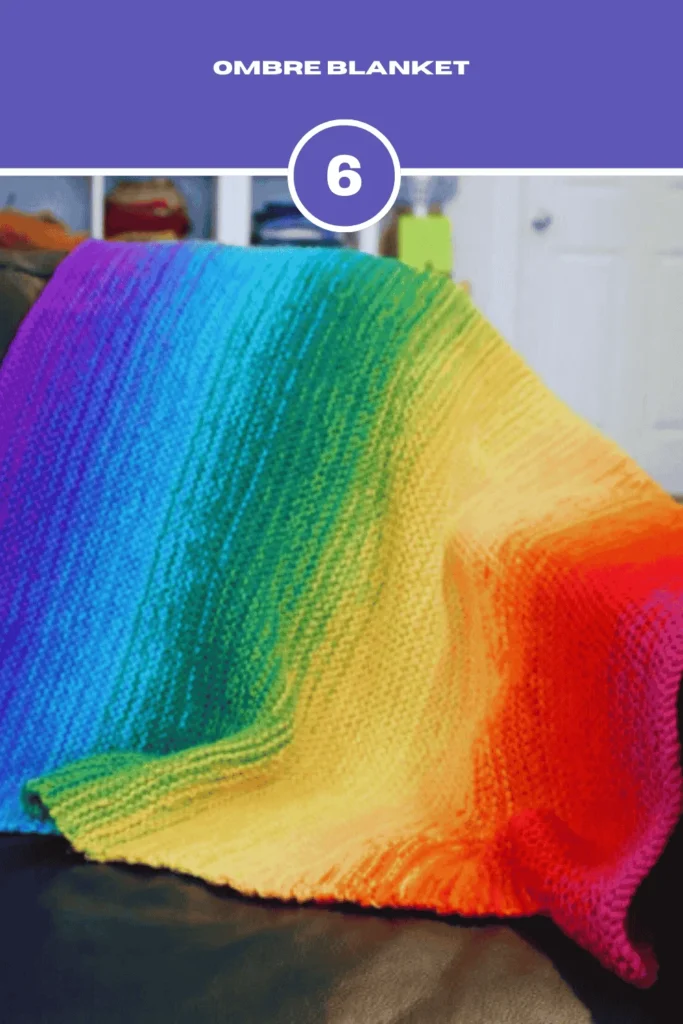
The ombre blanket is made up of shades, allowing one to fade from shade to another, from dark to light, or from one complementary color to another. This gradient effect helps to produce a magnificent and artistic design. It is done in different yarn colors or hand-dyed yarns; therefore, it is perfect for those who prefer customized products.
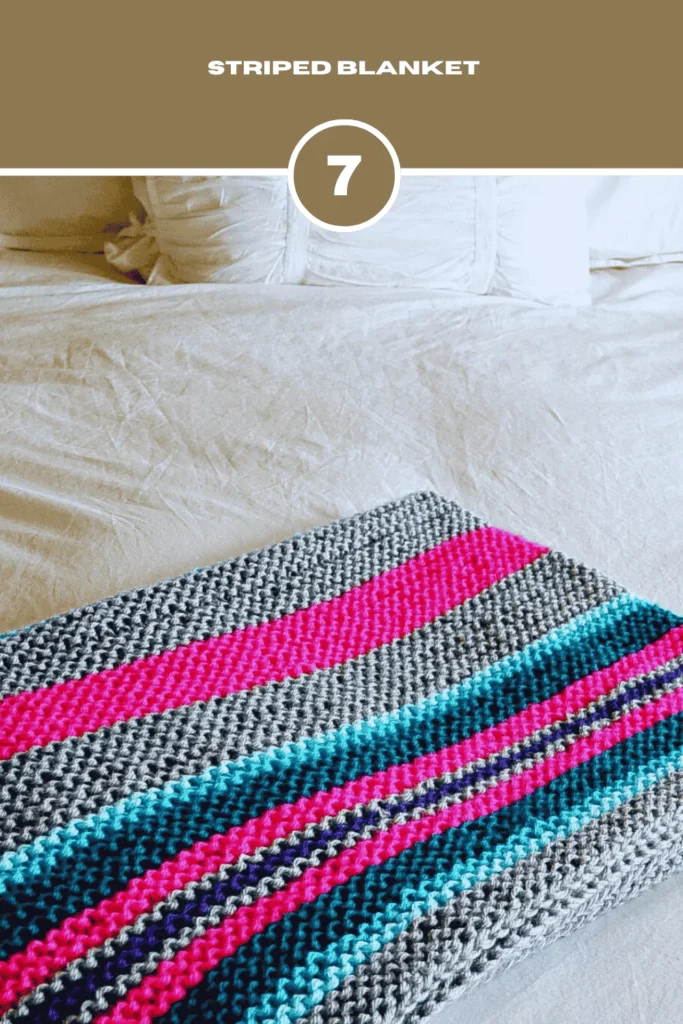
Checkerboard is a fundamental pattern that may be worked up in stripes and achieved by using two colors of yarns taken in turns regularly or randomly. This particular pattern can never run out of ways where people can be creative when selecting colors.
From a highly contrasting and dramatic split of black and white or black and cream to a more muted variation in shades of a single color, the striped blanket is the perfect pattern for everyone and anyone, no matter their level of knitting skill.
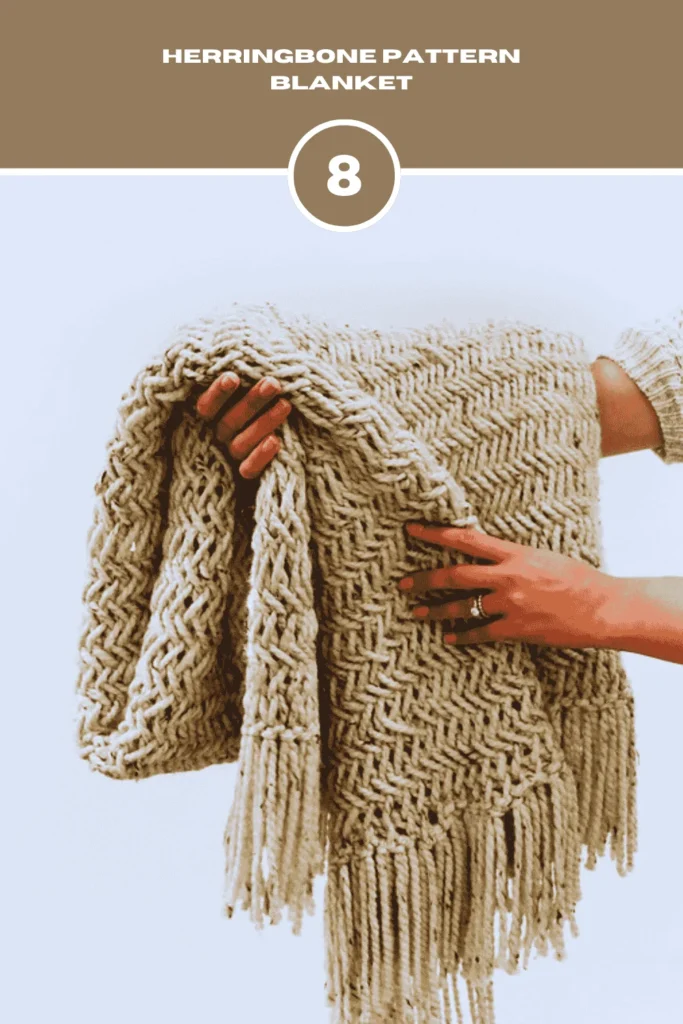
As a blanket, the herringbone pattern is presented as a tight weave resembling fabric, diagonally oriented. It forms a close-constructed dense material with a smooth handle or feel. It demands precision in the placement of stitches, but it is worth producing such an effect. Decorative for sophisticated homes, it complements the other decor in the house.
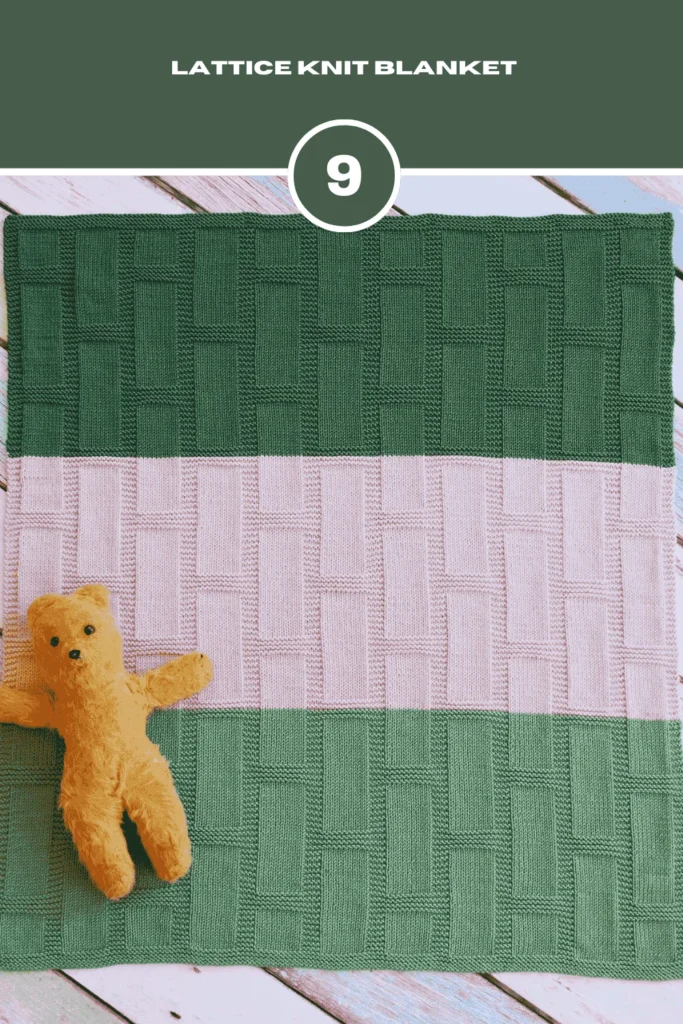
The particular knit of a lattice knit blanket is an intricate crisscrossing that gives the appearance of vines or trelliswork. This design brings manners and is suitable for decorative purposes such as blankets. Only a certain amount of skill is required to continue the pattern, but the final output is an artistic and unique knitted blanket.
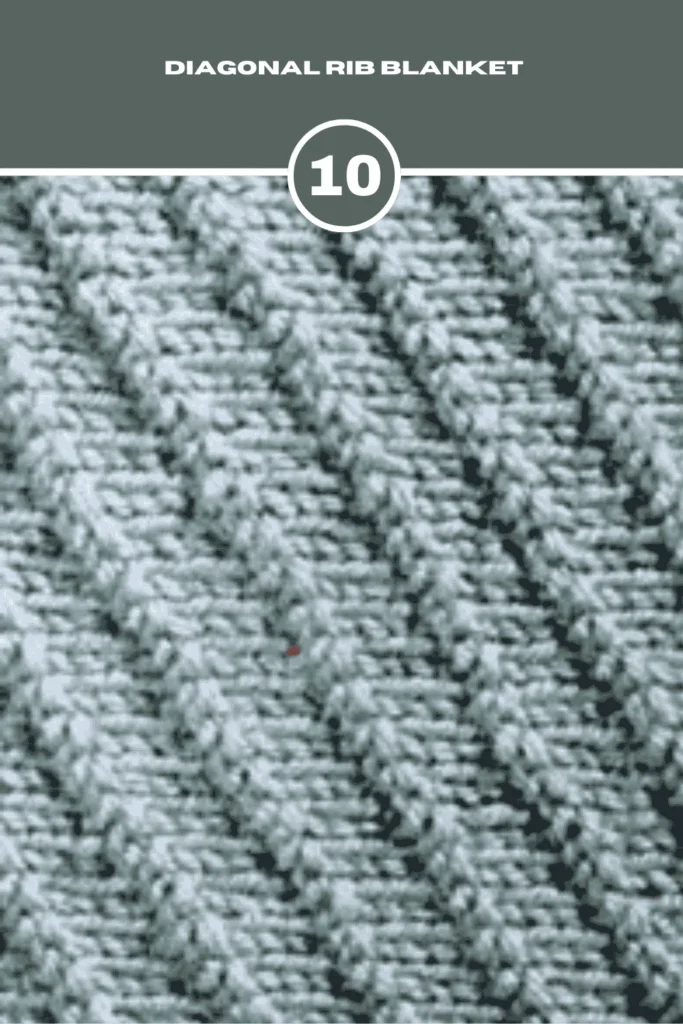
The diagonal rib blanket adds a more contemporary approach to conventional ribbing for a trendy slant texture. This design also introduces active elements and staking while staying stretchy and comfortable, like the ribbing. This is an excellent project for those knitting and seeking to manipulate structures and create a warm and stylish blanket.
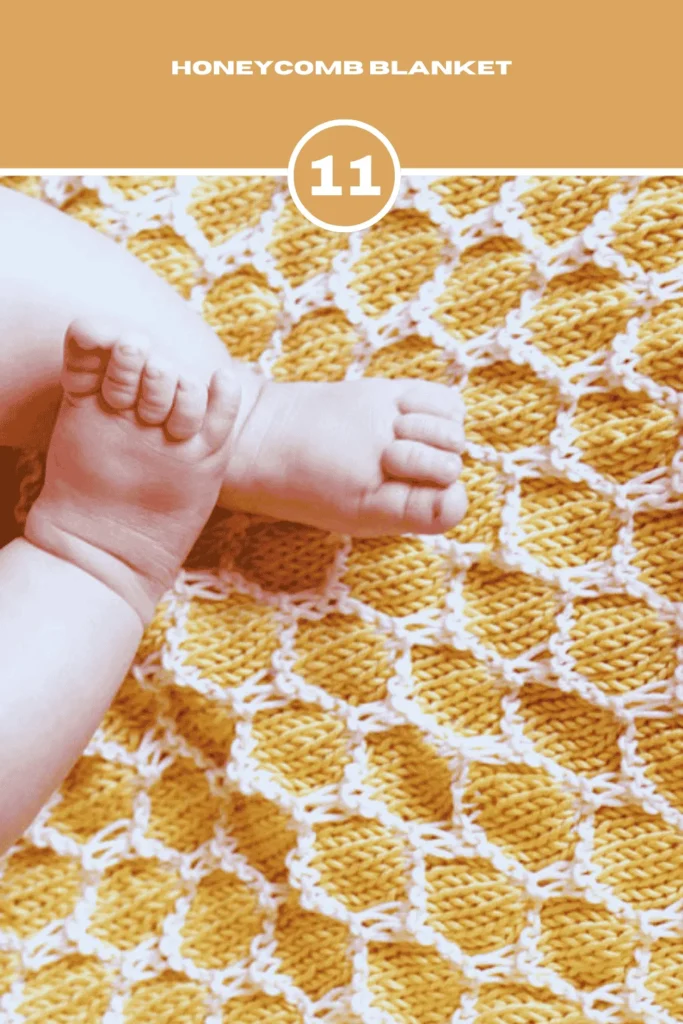
The honeycomb blanket has a ruffled texture and the shape of a hexagon connected like the honeycomb of beehives. This Stitch gives an appearance of modern comfort density and provides the fabric with a homely feel. The three-dimensionality also gives it that eye-popping feel and warms it up to the eyes. If you want a blanket with some substance, it is excellent for decorative purposes such as throws or baby blankets.
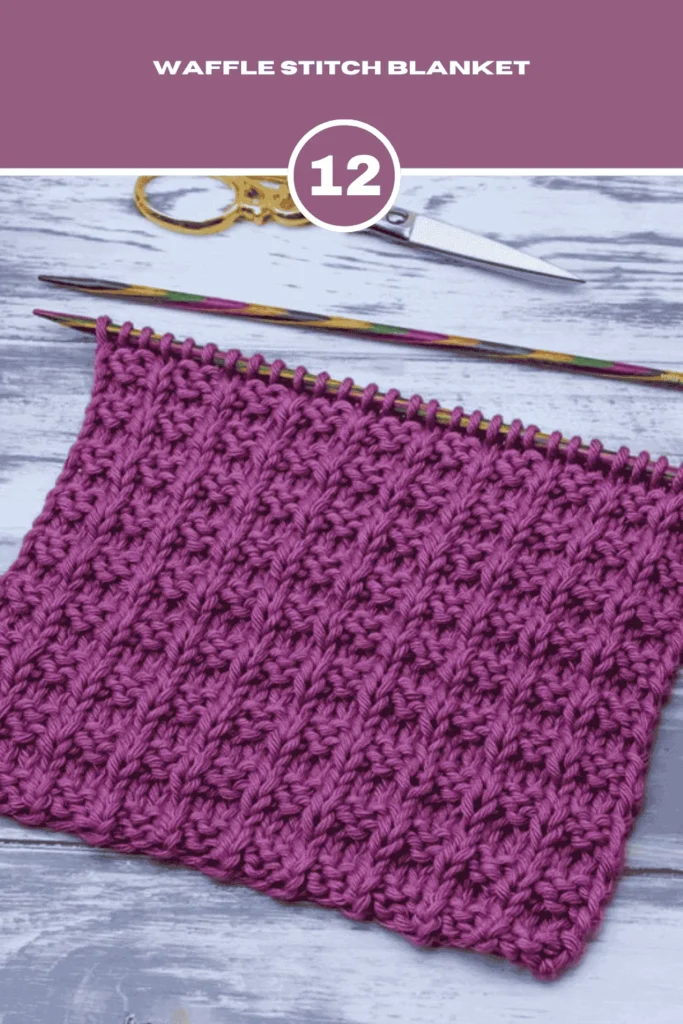
A waffle stitch blanket forms large square patterns having considerable depth and providing a breakfast waffle look. It is simple to learn, but it knits up bulky and heavy, ideal for keeping warm during a cold winter. Due to its fluffy and loose look, it is best for home interior décor or as warm winter comforts.
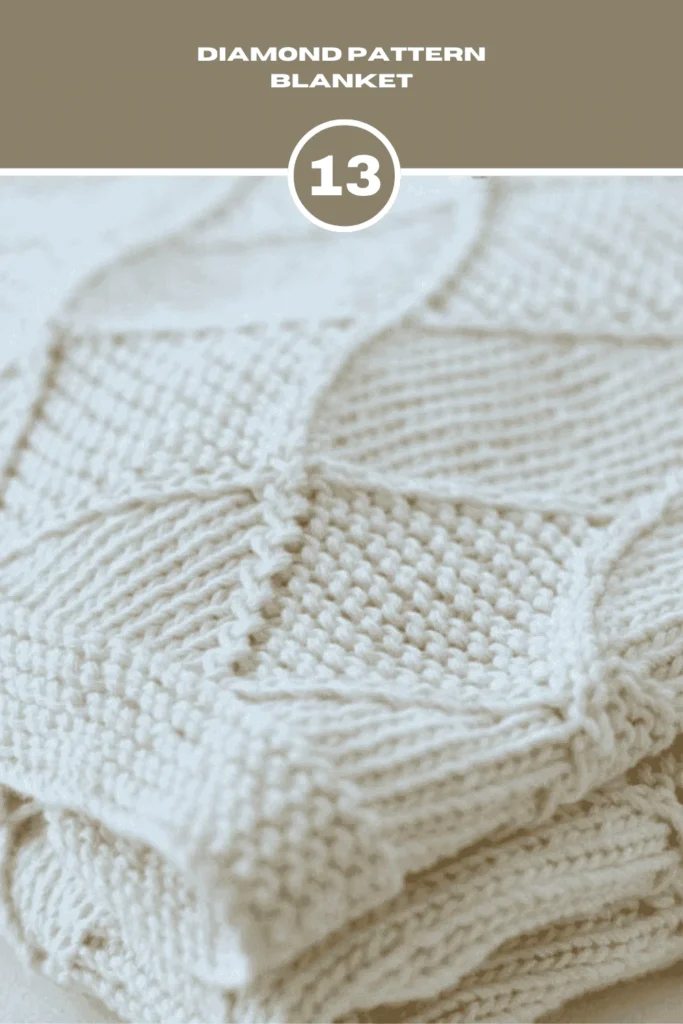
Another diamond pattern blanket design is a geometric diamond design on the fabric. This design uses the stockinette stitch in knit and purl combinations or with a lace pattern to create the appearance of holes. The design is symmetrical, and its timeless appearance allows it to be used in stylish throw pillows to enhance the style of any room or for a unique homemade gift.
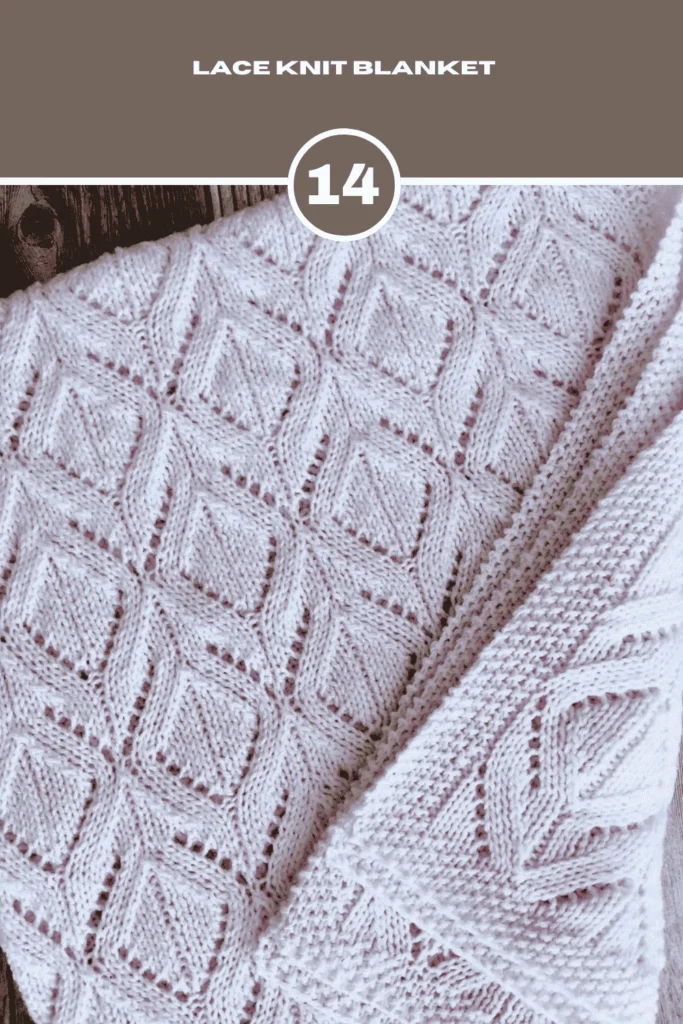
A lace knit blanket is thoroughly tender and glamorous. It uses patterns that leave holes within its fabric, making it light in weight. This is ideal for decorative purposes, throws, summer blankets, or even baby blankets. To accomplish this, attention has to be paid to the position of the stitches, but it produces an elegant, complex fabric with a traditional flair.
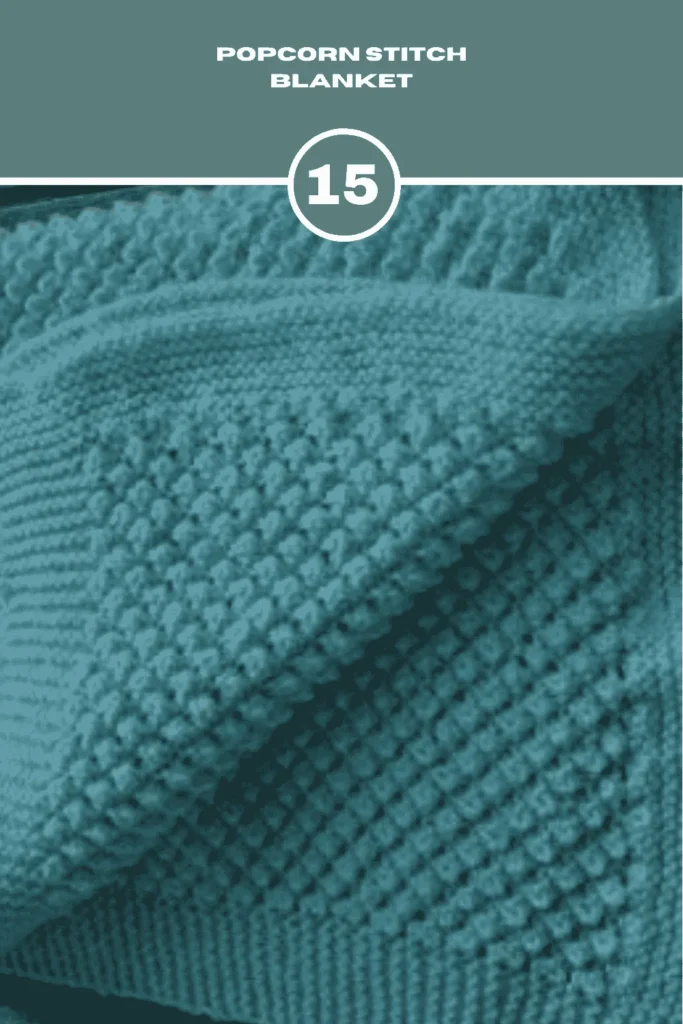
The arrangement of popcorn stitch blankets results in bumpy work with raised circular elevations all over the fabric. This is cute and three-dimensional, making it playful and perfect for baby blankets or extra cozy statement pieces. The soft, cushioned appearance creates warmth, which makes it a fun and inventive knit project.
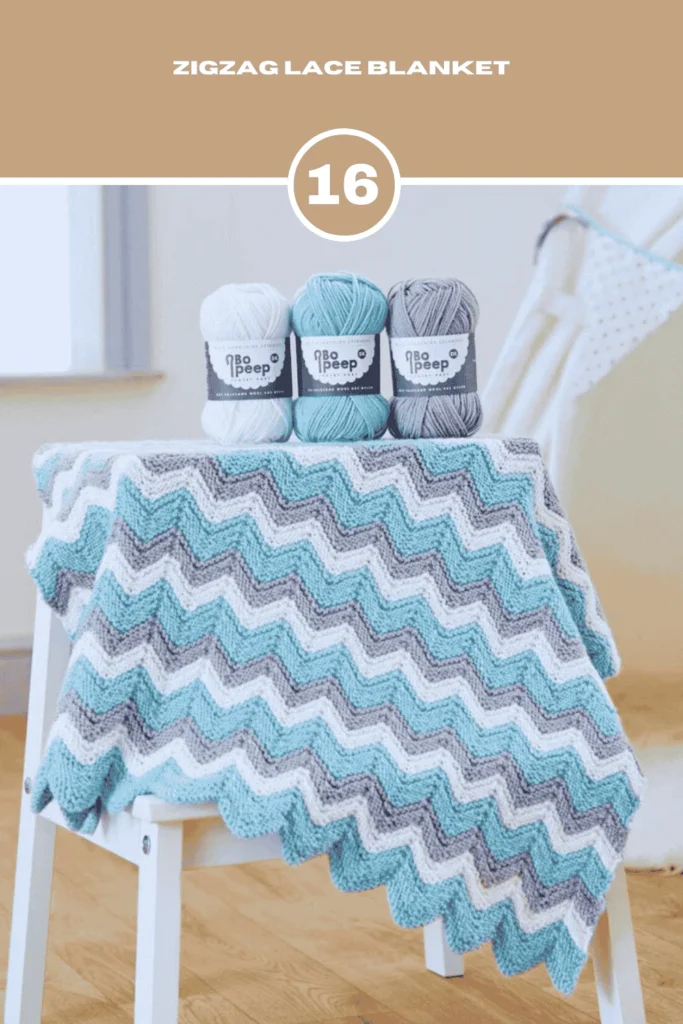
A Zigzag lace blanket features slender laces and a crooked or rugged zigzagging design. It is neat, provides a beautiful pattern, and is comfortable and gentle on the skin. It is ideal for small stoles or baby capsules; it brings elegance and aesthetically pleasing aspects to the room and remains entertaining and satisfying to knit.
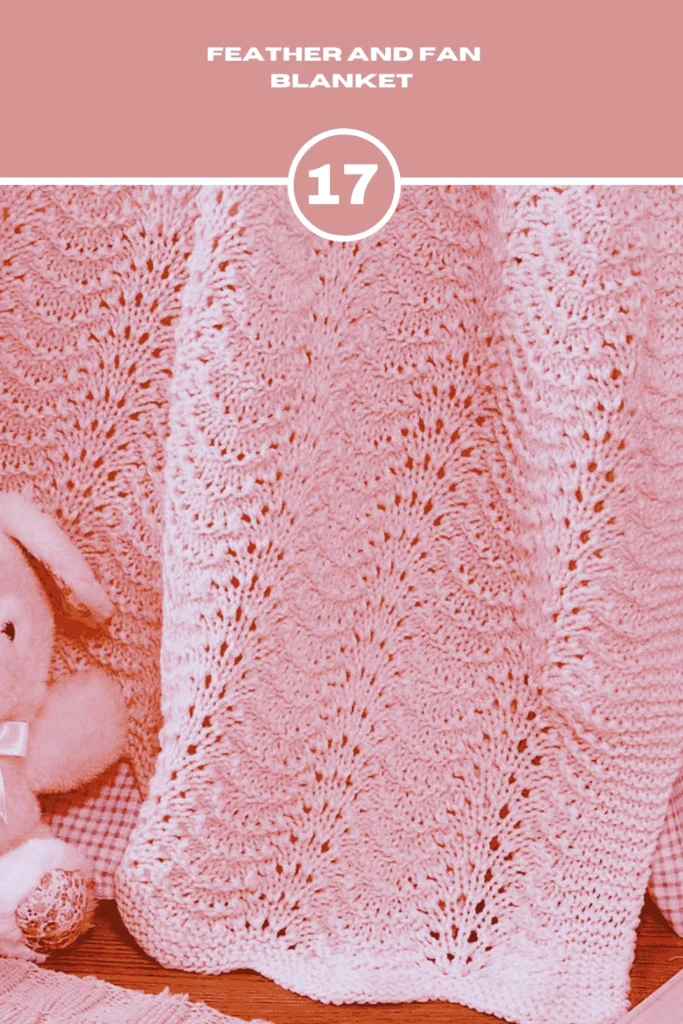
The Feather and fan blanket is made from lace-like increases and decreases combined to make scalloped waves. This basic stitch pattern gives a free-style appearance and a stunning look suitable for elegant throws and baby blankets. Due to the delicateness of the curves in its design, it has a classic vintage outlook, which makes it look warm and feminine.
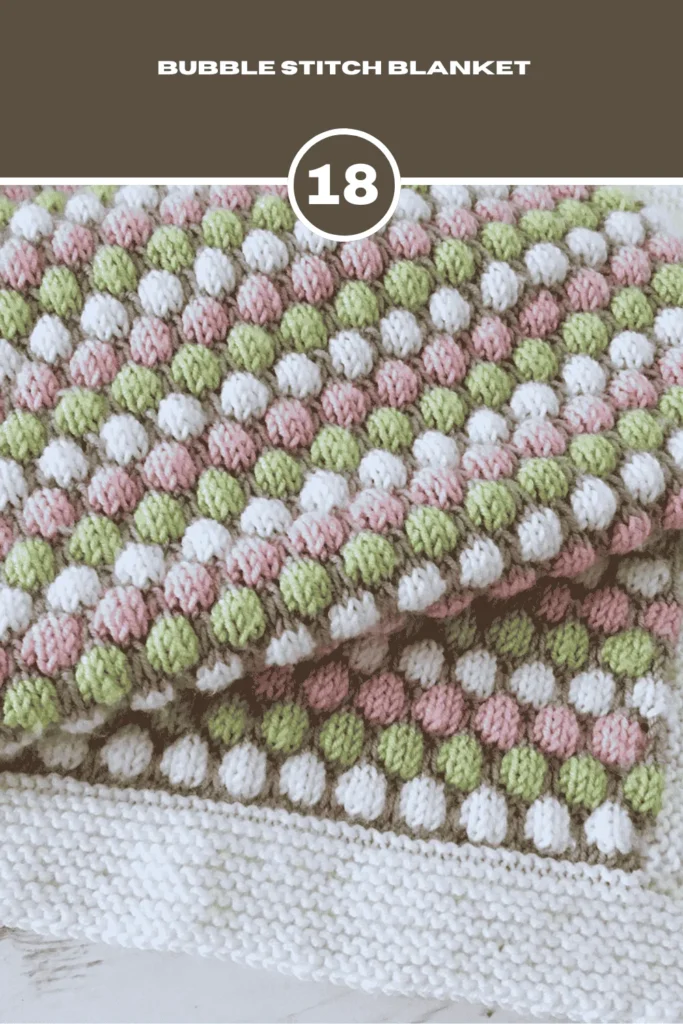
Bubble stitch blankets have an interesting Bouncy Look, with rounded shapes like bubbles throughout the fabric. This Stitch allows for a fluffy and warm blanket with an earthy and playful look. They are great for baby blankets, children’s room decor, or as a soft, texturized throw for adding depth to a room’s look.
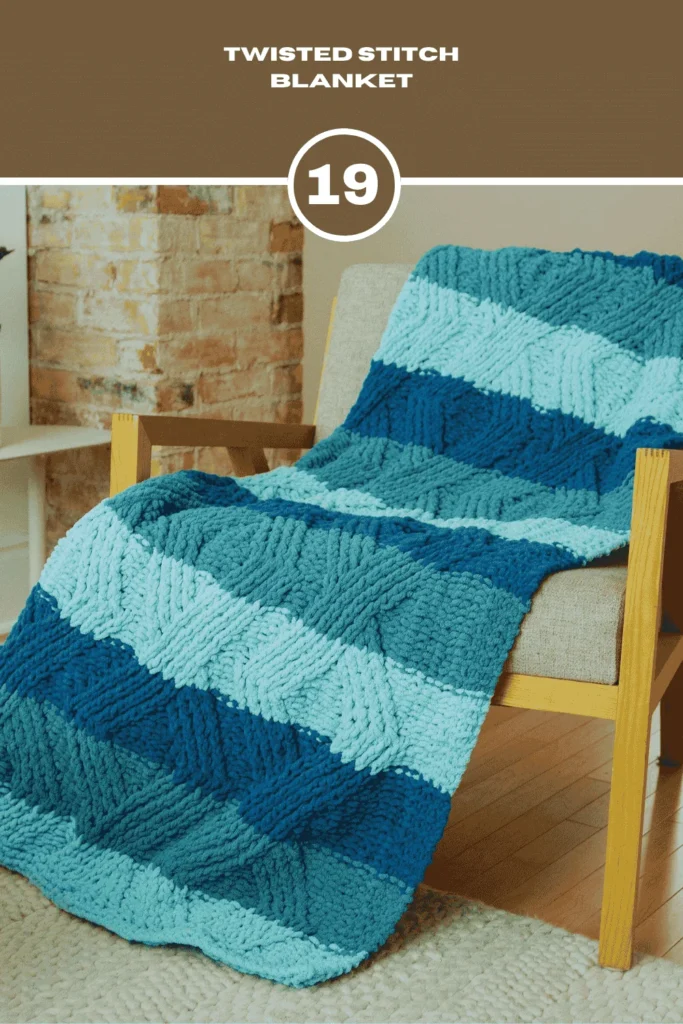
A twisted-stitch blanket adds a unique and beautiful dimension to any room by twisting the stitches for an added effect. Twisting improves the definition of the Stitch and produces a textured and heaped fabric. This pattern is perfect for those who want more detail and refinement than Fair Isle but don’t want to deal with cabling.
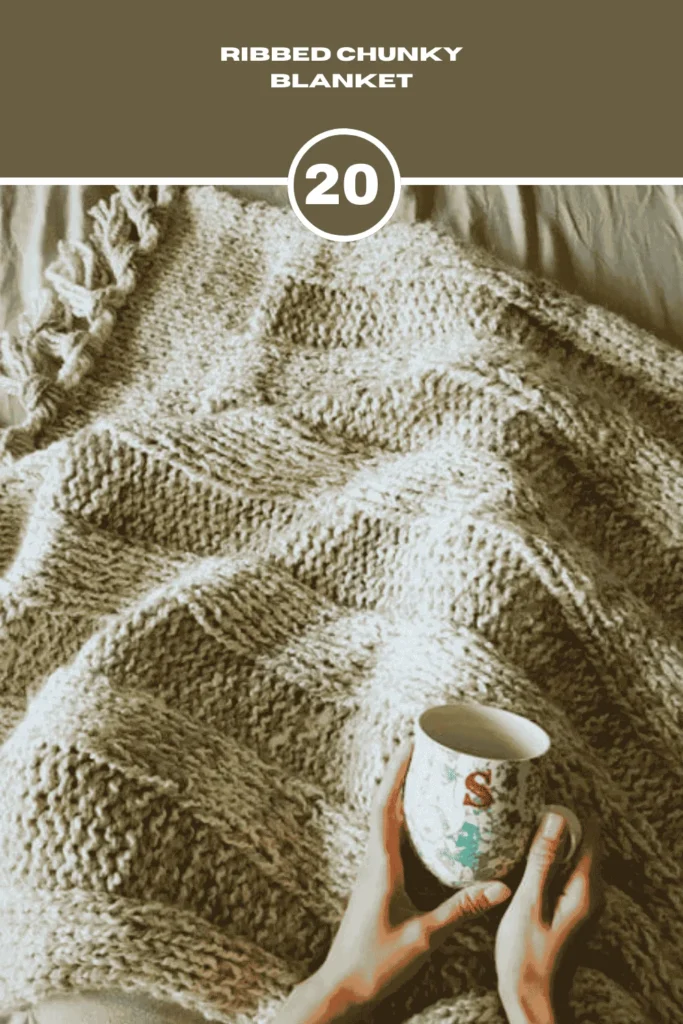
A knitted chunky blanket with ribs is a stretchy, chunky piece of clothing characterized by knit and purl. It has a sleek, contemporary look suitable for homes with a clean, uncluttered look, and it will keep you warm in winter.
Chunky knit blanket yarn is approximated according to the blanket size that which size you mainly willing to make. Here is a general guide:
| Blanket Size | Yarn Needed |
|---|---|
| Small (30” x 40”) | 4-5 lbs of yarn |
| Medium (50” x 60”) | 7-8 lbs of yarn |
| Large (60” x 80”) | 10-12 lbs of yarn |
Make sure to purchase additional yarn if you require some more during knitting.
Here are some tips for an easy diy chunky knit blanket:
Selecting a soft yarn, such as chenille or Merino wool, makes your blanket softer and warmer. It gives the outer layer a generously soft feel, allowing snug comfort. Soft yarn is also smooth enough against the skin, perfect for relaxation.
Again, loops are most accurately created when their size is constantly regulated to make them neat and clean. Non-closed loops may also form low heights, producing a blanket with a random look. While knitting, it is essential to try and be aware of the tension and ensure each Stitch is tightened; even so, your knitting will not look amateurish.
Much of the work will be in stippling for the look, as it is easy to overcomplicate. Create a small test piece first to get used to the stitch pattern and the tension. This is very helpful in avoiding problems in your main project and guarantees the right texture. Knitting first saves time and increases the general caliber of the stitches.
The table must be clean because the workspace should not have dust, dirt, or pet hair getting into your yarn during the winding process. The organizing stitches or untangling yarn strands is convenient when the space is clean –for example, on a neat table or floor. This also makes knitting more fun and less of a chore. It is because three little balls of yarn all tangled up make it easier to organize what you intend to use in your knitting.
Some cautious yarns, including Merinos, will likely sheet or burst if managed inexpertly. To prevent fraying of fibers, tug loops gently and apply pressure gently when pulling loops. Careful handling maintains the softness, strength, and luxuriousness of the yarn necessary for a good-quality blanket.
Follow these steps to keep your blanket clean and soft:
Always ensure you read the yarn label before washing your blanket. Some yarns can be washed in a washing machine, but others should be washed by hand carefully. For your blanket to last while being soft, machine wash it with the specified settings and dry it the same way without stretching it.
For delicate fabrics, select cold water and soft washing that should not harm the delicate yarns in the cloth. Rinse the blanket by lowering it into the water and moving it slightly. Do not use hot water to wash your blanket, as it causes shrinking or felting of the fabric, leaving it hard and of poor quality.
Do not twist or wring out, as jumper patterns may stretch or distort clothing. To avoid turning the fabric, twist the wet material and squeeze the water out by applying a certain pressure. Taking care of your blanket also facilitates quicker drying of the fabric, which is preserved faster.
Pat the blanket dry, and if it has crinkled or folded over during washing, smooth it out and then lay the blanket on a clean, dry tower. Leave it to dry naturally; do not stretch it because it can shrink to its original size. Don’t hang it because when you wet the fabric, and the fabric weighs it down, it will shrink in shape.
A chunky knit blanket is a perfect knitting project. It is straightforward and takes some time to prepare, and even making it can be enjoyable. You merely require your hands and precisely soft yarn; you do not require any other apparatus. This way, you can make a blanket that suits you using the various available patterns and colors. So, make one today and cuddle with a beautifully homemade chunky knit blanket.
Reviews
To write a review, you must login first.
Similar Items